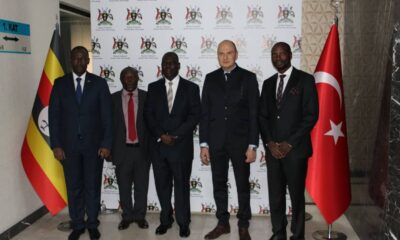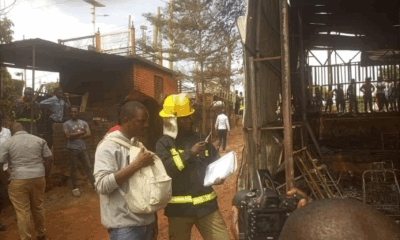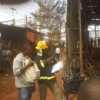News
Doctors can’t cope with no. of injured in Turkey quake, taking them off ventilators

Scale of devastation: some of the aerial pictures coming from Turkey showing the scale of devastation from Monday’s earthquake
Doctors are making difficult decisions to take some of the injured persons off ventilators to give them to others with a better chance of survival from Monday’s earthquake that devastated southern Turkey and northern Syria.
This is one of many calls for international assistance from fast responders to the worst earthquake devastation in many years.
Two separate earthquakes, including a 7.8 magnitude tremor, shook the region of Southern Turkey and Northern Syria on Monday while people were still asleep. Another tremor shook the same region around lunch time. Reports from international media and rescue agencies have confirmed that more than 3500 people have died from the devastation.
But with reports of more than 1000 buildings collapsed, and several roads and bridges shattered, the number of victims is likely to multiply several times.
One Dr. Shajul Islam, at al-Shifa Hospital in Idlib in northern Syria described some of the harrowing moments he and his colleagues have endured while trying to save people.
“When I tell you this is the worst I’ve ever seen, I literally mean that,” Dr. Islam said, according to BBC.
“Our hospital is full. We have about 300-400 patients in the hospital right now… we literally have two to three patients per bed,” he added.
“I’m taking patients off ventilators to give them to other patients that might have more of a chance of surviving. We’re literally at the entrance of the hospital deciding which patients we are going to try to save. And which patients we’re not even going to make an attempt to save.”
Experts say this is the second worst earthquake – in terms of impact – that has happened over the past ten years. The degree of impact is largely due to the fact that it’s epicenter was shallow, at 11 miles beneath the surface, but also because it shooks an area with high-rise buildings at a time people were sleeping.
Fortunately, perhaps many governments and international organisations have promised to send in personnel and equipment to help save the lives of hundreds of people who are injured and rescue those still trapped under the rubble.
Comments






















